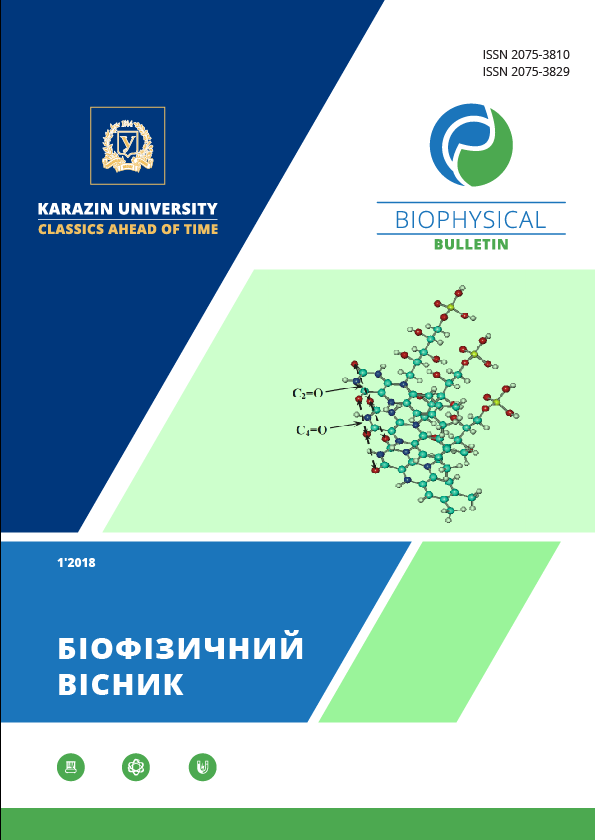Adaptive algorithm of implantable insulin pump operation
Abstract
Relevance: Diabetes mellitus is one of the leading causes of death. Low survival rates are caused by many individual complications during the time course of a disease. Usually, the therapeutic algorithm of insulin administration is prescribed by a doctor on the basis of general model assumptions on the dynamics of glycemic regulation process. Existing models have limitations, due to the complexity of taking into account the individual characteristics of a patient and limited number of monitored indicators of human body. Therefore the development of more adequate models of glycaemia and algorithms for the introduction of insulin, which take into account the current state of a patient, is an actual task.
Objective: The purpose of work is the development of a mathematical model and an adaptive algorithm for operation of implantable insulin administrating device on the basis of the offered model of dynamics of glucose concentration in human blood.
Materials and methods: To substantiate suggested model of glycaemia we have used methods of structural and parametric identification of homeostatic systems based on differential and integral equations. This approach made it possible to achieve compliance of our proposed model with experimental data obtained for the patients with type 1 diabetes.
Results: Numerical experiments have shown the effectiveness of supposed model of glucose level dynamics in human blood for the development of an algorithm for normalizing glycaemia with the help of implantable insulin dispenser. The advantage of proposed algorithm is the ability to maintain the glucose level in patient's blood regardless of diet.
Conclusions: Adoption of the developed dynamic model of glucose level in human blood provides a starting point for creation of operating algorithm for implanted insulin dosage device. For the known dynamics of glucose in patient’s body, exploitation of our individual adaptive algorithm of insulin administration allows to normalize the level of glucose in patient’s blood irrespective of diet, in contrast to the existing insulin pumps, which work according to the set program and require patient to adhere to the prescribed diet.
Downloads
References
Balabolkin, M. (2000) Diabetology. Moskow: Medicine, (in Russian)
Dreval, A., Adasko, V., Galitsky, A. (1984) In the test of a wearable insulin doser in a clinical setting. Medical Technology. 3. P. 18-22. (in Russian)
Filippov, Yu., Ibragimova, L., Pekareva, E. (2012) Calculation of insulin doses with an insulin pump: optimization of the settings of "bolus calculators" Diabetes mellitus. No 3. Р. 74-80.
Bode, B.W., Strange, P. Efficacy, safety and pump compatibility of insulin as part used in continuous subcutaneous insulin infusion therapy in patients with type 1 diabetes // Diabetes Care. 2001. 24. Р. 69–72.
Garg, S., Schwartz, S., Edelman, S. Improved glucose excursions using an implantable real-time continuous glucose sensor in adults with type1 diabetes // Diabetes Care. 2004. 27. Р. 734–738.
Linkeschova, R., Raoul, M., Bottt, U., Berger M. (2003) Better diabetes control, quality of life and less severe hypoglycemiawith insulin pump treatment // Diabetologia. 43 (suppl. 1). Р. 748.
Linkeschova, R., Raoul, M., Bottt, U., Berger, M., Spraul, M. (2002) Less severe hypoglycaemia, better metabolic control, and improved quality of life in type 1 diabetes mellitus with continuous subcutaneous insulin infusion (CSII) therapy: an observational study of 100 consecutive patients followed for a mean of 2 years // Diabetic Medicine. Р. 746–751.
Novosel'tsev, V.I. (1978) Theory of Control and Biosystems. Moscow: Nauka. (in Russian)
Antonomov, Yu.G., Kiforenko, S.I., Mikulskaya, I.A., Parokonnaya, N.K. 1971)Mathematical theory of the blood sugar system. Kiev: Naukova Dumka. (in Ukrainian)
Lapta, S.I., Lapta, S.S., Solovyova, O.I. (2009) Functional-structural mathematical modeling of complex homeostatic systems. Kharkov: Kharkiv University of Economics. (in Ukrainian)
Authors who publish with this journal agree to the following terms:
- Authors retain copyright and grant the journal right of first publication with the work simultaneously licensed under a Creative Commons Attribution License that allows others to share the work with an acknowledgement of the work's authorship and initial publication in this journal.
- Authors are able to enter into separate, additional contractual arrangements for the non-exclusive distribution of the journal's published version of the work (e.g., post it to an institutional repository or publish it in a book), with an acknowledgement of its initial publication in this journal.
- Authors are permitted and encouraged to post their work online (e.g., in institutional repositories or on their website) prior to and during the submission process, as it can lead to productive exchanges, as well as earlier and greater citation of published work (See The Effect of Open Access).





